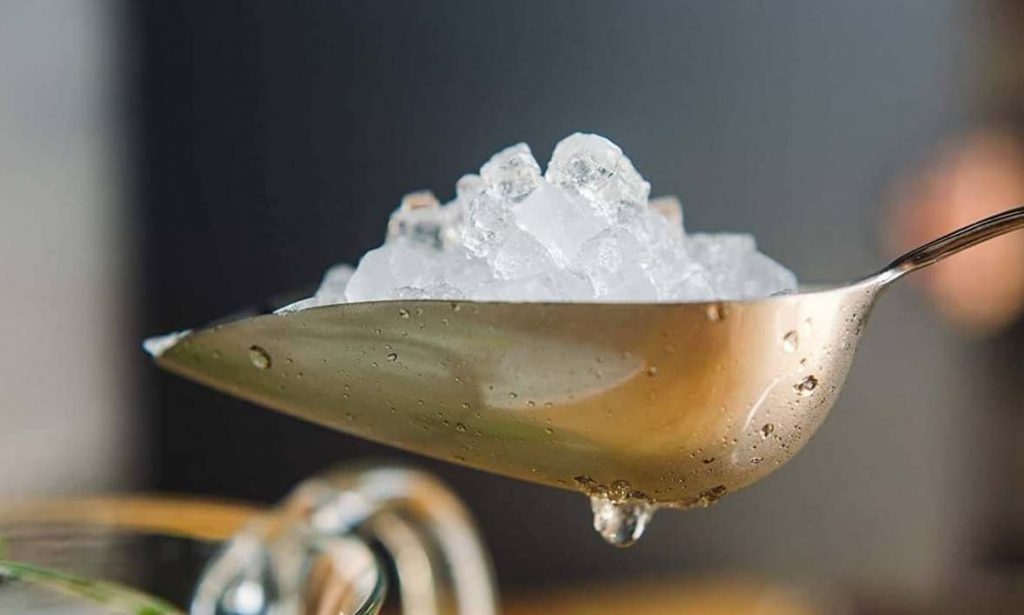There’s nothing quite as much of a pain when you get ready for guests or are hosting an event, and then your portable ice maker not freezing water.
Luckily, there are usually some very simple issues that can be checked, which is this article focuses on.
IMPORTANT NOTE: One important thing to keep in mind is that if none of these troubleshooting steps work for you, then there is likely an issue with your ice maker that can't be fixed. This could mean that it's just beyond repair, or the warranty has expired. We also recommend checking out our Guide on How to Buy Portable Ice Makers, which looks at not only how to choose the right portable ice maker for your needs, but also how to get the most out of it.
Table of Contents
What to do When Your Portable Ice Maker Not Freezing Water
The following troubleshooting steps get progressively more difficult and time consuming. For this reason, we recommend starting with Step 1 and working your way up until you find a solution that works for you.
Step 1: Check the Ice Maker’s Air Vent/Exhaust Hole
Check the air vent or exhaust hole on top of your ice maker. Is there ice around it? If not, check to make sure that the machine is turned on and plugged in correctly, then try to remove any blockage by hand if possible. If there are still no signs of ice building up, then you may have a faulty switch, which means that your ice maker will need to be replaced.
Step 2: Drain the Ice Maker’s Water Reservoir
If there is no blockage around your ice maker’s air vent or exhaust hole and it still isn’t producing any ice, try removing the water reservoir from the back of the ice maker and check how much water it contains. A machine that shows clear signs of running, but which isn’t producing ice, is most likely suffering from a lack of water supply in the reservoir. This will need to be fixed by cleaning out the machine or filling it with clean tap water.
Step 3: Make Sure There is Enough Water in the Dispenser
If your ice maker’s water reservoir is full and there are no signs of a blockage in the air vent or exhaust hole, then there may not be enough water in the dispenser. Press down on the lid of your dispenser to push up any excess water which might have been dispensed without being turned into ice. Then, fill the reservoir with fresh tap water and try again.
Step 4: Check for Air in your Machine’s Hose & Replace it if Necessary
If the problem still isn’t resolved even after you’ve followed all these steps, chances are that there is air getting trapped somewhere, preventing the machine from producing ice. Take a look at the machine’s hose and see if there is any ice trapped in there. If so, you can remove it by hand or try blowing into the hose to get rid of it.
Step 5: Contact the Manufacturer for Further Assistance
If none of these steps solves your issue with your machine, then chances are that something may have gone wrong with it during the manufacturing process. This is why your machine should always come with an official warranty so that you can contact the manufacturer to find out if they will be able to help you replace your ice maker.
Finally, remember also that many problems can arise from issues with water supply or electricity in your home. Always consult a professional electrician whenever you’re experiencing electricity problems with your machine or appliances, and never try to fix electrical issues yourself.
Finally, remember that if you ever need help choosing the right portable ice maker for your home (and budget!) then check out our Guide to Portable Ice Makers .

How to clean a portable ice maker?
Here are our top tips for keeping your portable ice maker working the best it can: Use filtered or bottled water to make flake ice so that minerals and other impurities don’t build up in your flaker. Make sure that you empty out the excess water from your removable tray so that your next batch of ice does not taste like the last or previous batches. This is especially important in places with hard water, for example if you live in an area where they use chloramine to treat tap water. Keep your unit’s drain line unblocked so that when excess moisture has collected it can run out freely instead of getting stagnate. If you are using an ice scoop, rather than dispensing the ice directly into your cup or glass, hand wipe it to ensure any residual flavors aren’t transferred to your drink. When done using the machine, unplug it and remove the drain plug so that water can continue draining for next time.
Can I clean my portable ice maker in the dishwasher?
If you follow these steps periodically, your ice machine should continue working in tip-top shape for a long time to come.
